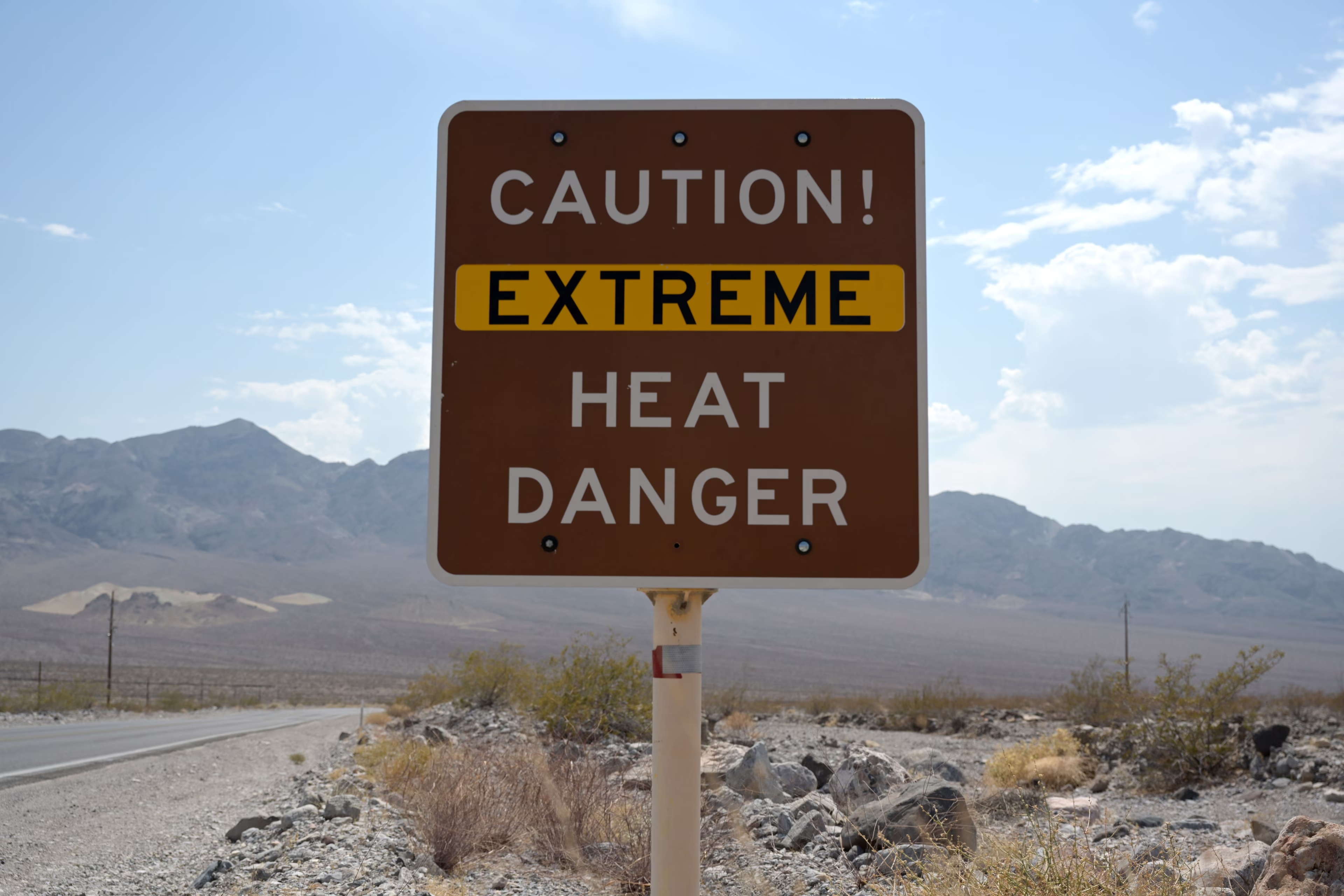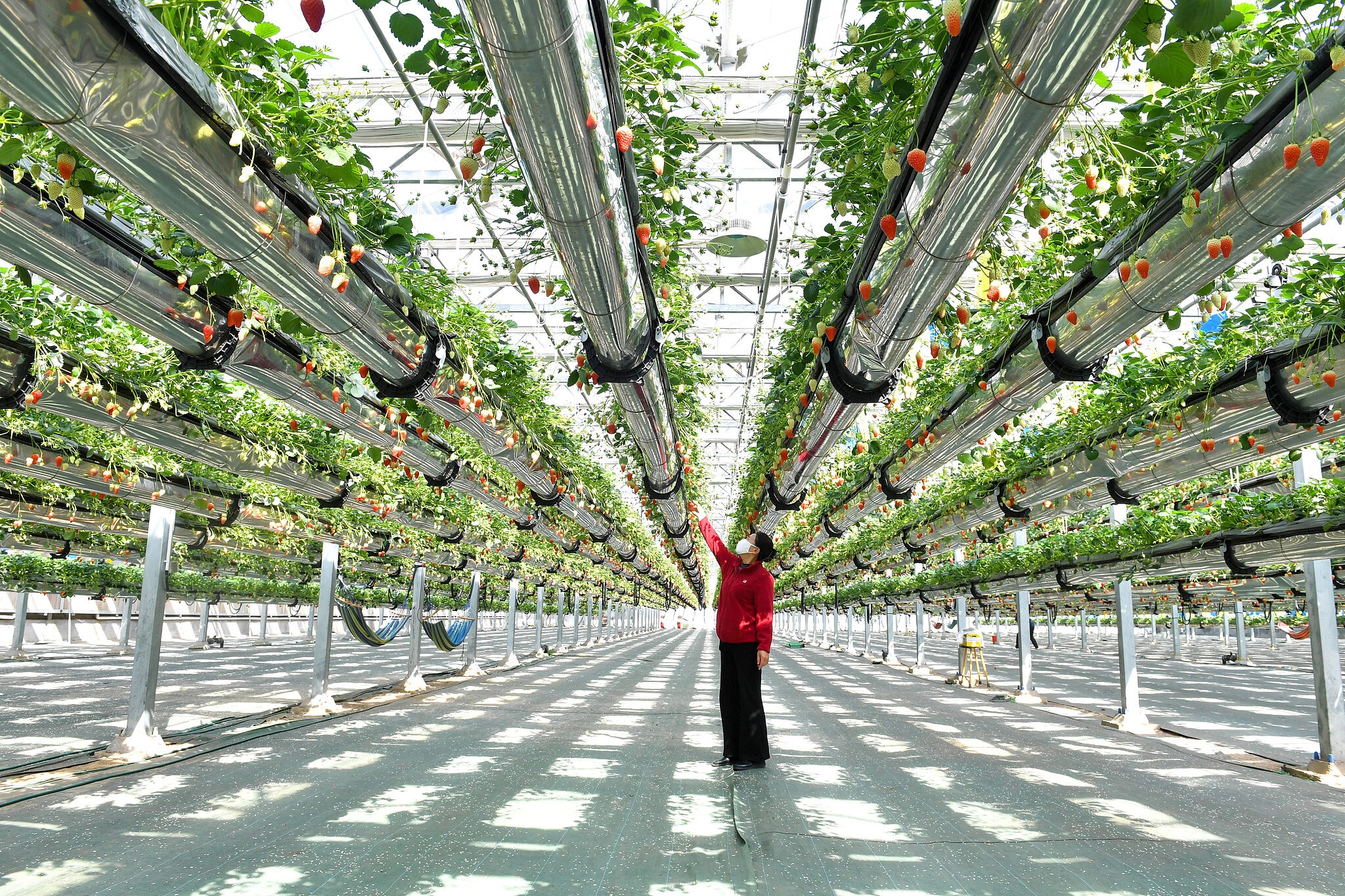What is heatflation?
A drought in Europe last year caused farmers to suffer heavy losses. Maize yields fell by 25% while soybean production – used largely for animal feed - fell by 10%. Wheat and rice yields fell by 30% in Italy last year amid the country’s worst drought in 70 years. Wheat, maize and rice make up almost half the global food supply.
Heatflation is the phenomenon of rising food prices caused by extreme heat. Heatwaves are damaging and destroying crops around the world, and as the supply of food dwindles, prices begin to climb. This is a major threat to food security, especially for the most vulnerable people in the world.
How does Heatflation happen?
Extreme heat can damage crops in a number of ways. It can stress plants, making them more susceptible to pests and diseases. It can also cause water stress, which can lead to crop failure.
Heat can also affect the quality of food, making it less nutritious and more susceptible to spoilage. The impact of heatflation is felt disproportionately by the most vulnerable people in the world, such as those living in poverty and those in rural areas.
What can be done to tackle Heatflation?
There are a number of things that can be done to tackle heatflation, including:
- Investing in more resilient agricultural practices, such as drought-resistant crops and irrigation systems.
- Diversifying food production so that we are not reliant on a few staple crops.
- Reducing food waste so that we make the most of the food that we produce.
- Supporting policies that promote food security, such as subsidies for farmers and food banks.






